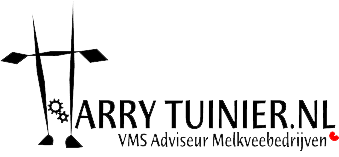2-Minute-Check
As a reflection for the new year, attention is again paid to the “2-Minute-Check”.
The amount of data a milking robot delivers is crucial in order to find cows earlier with varying milk production, (udder)health status and behavior e.g. than in a traditional milking parlor.
This delivers, simultaneously with the possibility to intervene quicker, advantages for cows and farmer.
During a company visit, often the 2-Minute-Check document is left behind. It consists of 2x 3 important columns.
In the Status screen: 1) Who is too late; 2) Who’s given too little; 3) Who wasn’t milked properly or incomplete.
In the Cowmonitor: 1) Which cows have high or new increase conductivity; 2) Which cows have a high or new MDI notification; 3) Which cows have a different visit history behavior?
You can check these measurements and if you as dairyman know your cows you can tell which cows are correlated to previously statistics and more interesting: which are surprising you!
Do this 2-Minute-Check before you make a round to the barn, go clean boxes, etc.
Combining the data from the computer with “the eyes of the farmer” and you have the GOLDEN FORMULA.
At the Tip of the Month February and also March follows further explanation of the 2-Minute-Check.
If you like to get the document with 2-Minute-Check, please send an email.






